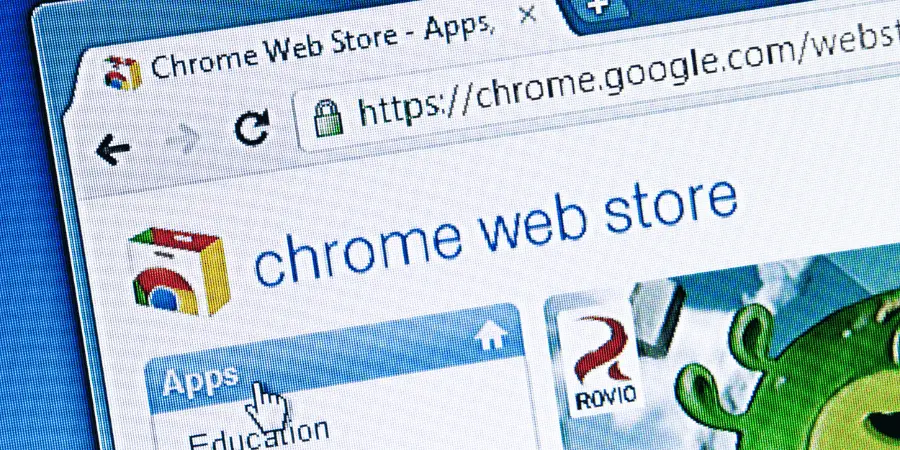Chrome is developed by Google and it is the most used browser in the world. Google makes changes and modifications in Chrome day by day and then sends updates to all its users. So chrome could be auto updated in minutes, hours or sometime months as google releases a new patch of chrome.
Chrome is divided into four channels. stable, beta, Dev. and canary. These are listed in order of least stability (Canary) to most stability (Stable). Minor releases of Chrome are updated every two to three weeks on stable builds, and major releases are updated every four to six weeks.
How many days does chrome take to become stable?
- Chrome is open source, and anyone may install unstable versions. However, builds for the Stable branch are produced approximately every six weeks.
- Notably, Google can change the stable release schedule to fit with Chrome “no meeting weeks” and holidays.
What is the size of Chrome Browser Updates?
- Approximately 50 MB are required for the first Chrome browser installation.
- The subsequent updates between each version are roughly 10-15 MB in size.
- Patch updates usually range from 3 to 5 MB.
- A new complete installation is usually necessary for updates from one major version to a later, nonconsecutive major version.
How frequently do Google update tasks performed?
Every hour, Google Update checks to see what tasks needs to be done. For each policy setting, it evaluates whether a task should be performed within that hour.
How often do Google Update look for updates?
About every 5 hours, Google Update checks for the latest update.
Chrome OS also updates in Every Six Weeks
- Chrome OS is updated about every six weeks, similar to the major browser releases.
- So, let’s take an example, assume that Chrome 73 was released on March 12, but Chrome OS 73 won’t be available on the stable channel until March 19th, then the update is sure to come.
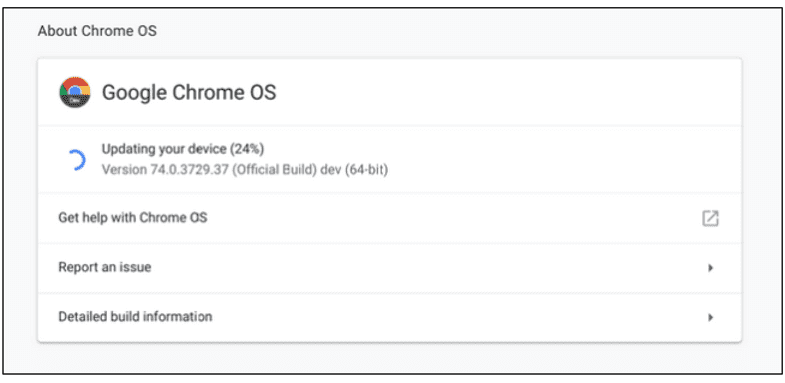
- Early Features that appear in Canary should proceed to the stable channel. Because of this, many users run multiple Chrome versions on their desktop just to get a glimpse into the future.
Why does the user receive Chrome Updates?
A staged release schedule is used for all stable Chrome releases, which means that at the time of release, it is pushed to 100%. The reason why many users receive updates on Mac and Windows desktop is that they are released in four states: 5%, 15%, 50%, and 100%.
Google Auto Update policy
- Until it reaches its Auto Update Expiration (AUE) date, Google regularly provides updates to every Chrome device. In other words, Google will stop providing automatic software updates once a device reaches AUE.
- Chrome devices will continue to get OS upgrades and work with Chrome Education Upgrade and Chrome Enterprise Upgrade before the end of Auto Update Expiration (AUE) date.
- Existing and future policies could not function as intended after the Auto Update Expiration (AUE) date, and technical support won’t be offered.
- With every model’s release Google publishes an Auto Update Expiration (AUE) date Which gives time to consumers to check before making any purchasing decisions.
How to find Auto Update Expiration (AUE) date in Google Admin console
- Sign in (using an administrator account) to your Google Admin console.
- Go to Devices and then Chrome devices from the Admin panel Home page.
- Look at the Auto-update expiration column.
Auto Update Expiration date is available in the Admin console for devices with Chrome Education Upgrade or Chrome Enterprise Upgrade.
Does Chrome Automatically update?
Google Chrome automatically updates the system and security settings by default. This occurs when your browser is closed and there is a new update available.
If you left Chrome open for days, a small notification appears in the top right corner of the browser.
The color of the update request will change depending on how long you are behind on an update,
- Green: 2 days since the update was published
- Orange: 4 days since the update was published
- Red: 1 week since the update was published
How to Manually Update Chrome on Windows?
- Launch Google Chrome on your system.
- Click on the three-dot menu in the browser’s upper right corner.
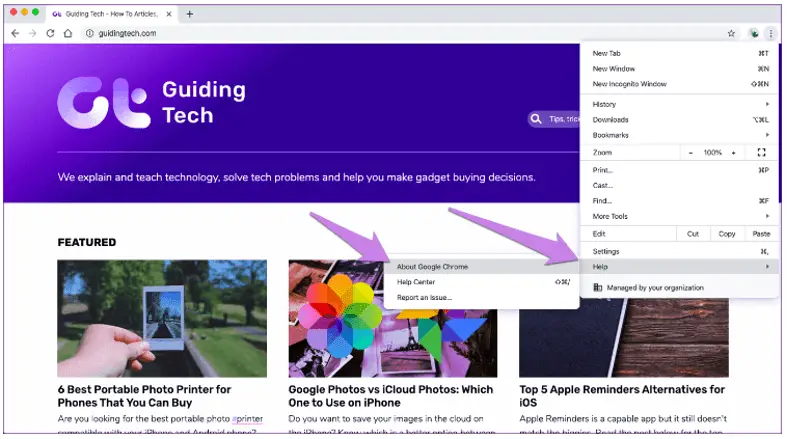
- After selecting Help, click About Google Chrome.
- The version number is displayed in the About Chrome section.
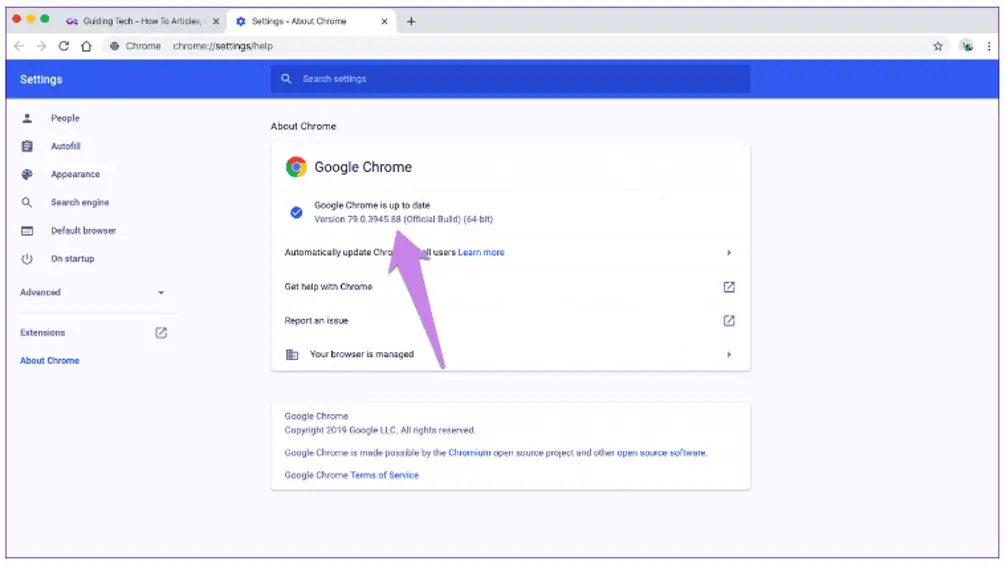
- The arrow in the image shows the updated version of Chrome.
How to update Google Chrome on Android?
The Chrome will automatically update in the background if automatic updates for apps are enabled. But if not, you need to update chrome manually on Android.
- First, click on Google Play Store
- Click on the three horizontal bar icons at the top.
- Click My apps & games. Your mobile will now search for updates. Chrome will be listed once the update is available.
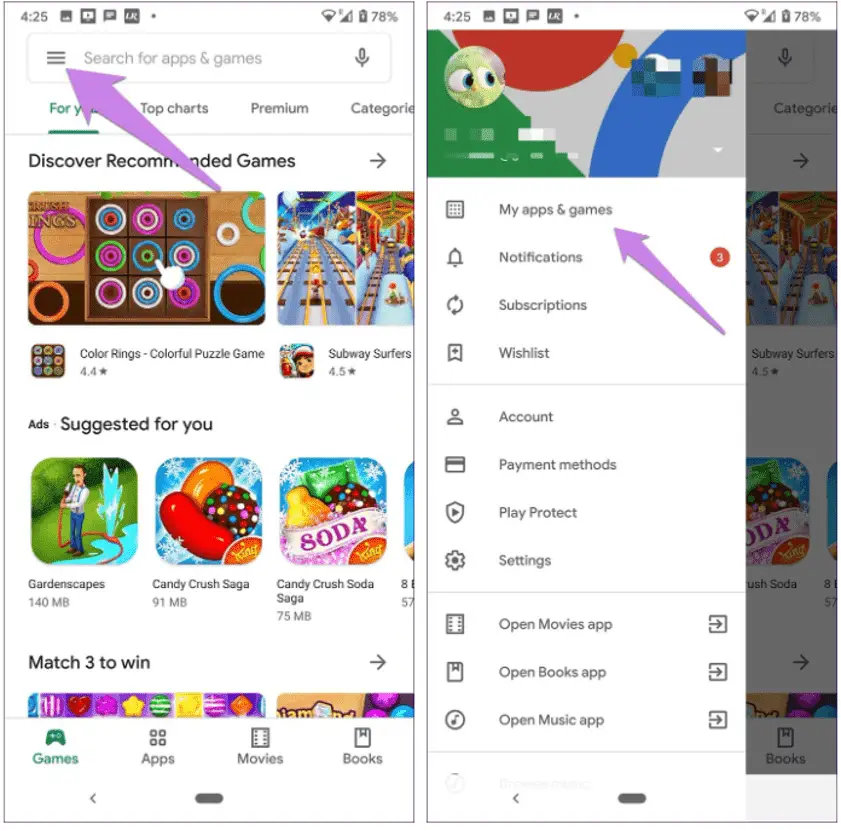
- Press Update button to start updating chrome.
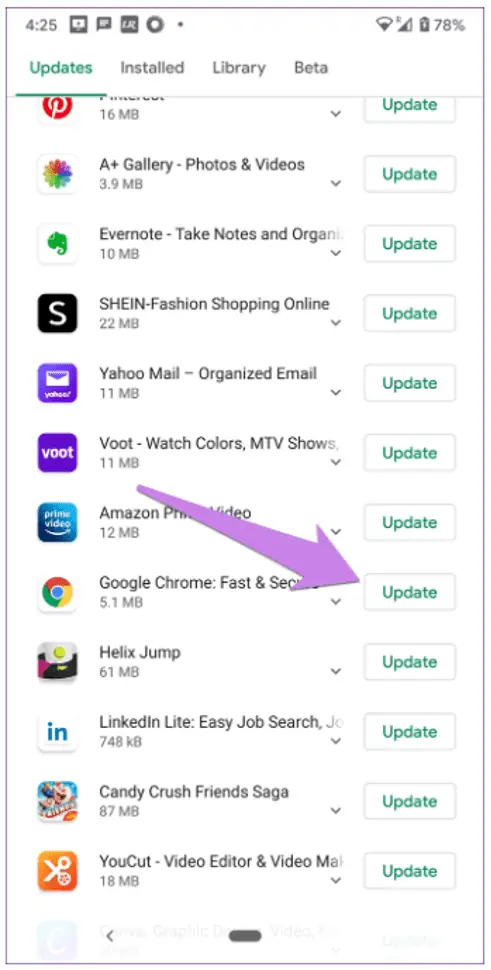
How Chrome Update Channels Works
- Canary build is established as the new milestone stabilization branch every six weeks.
- Here, new features and improvements are designed and implemented. It stays in this location for two more weeks after which it is pushed into the first beta release.
- After spending two weeks in the beta channel, a feature freeze comes into place.
- This means that all features intended for the stable channel must be code complete.
- New builds are released every week until the stable release for the remaining four weeks of the beta stage.
- The most recent beta build is selected as the release candidate the Thursday before the stable version is released (which typically takes place on Tuesdays).
- At that moment, all stable features have then been finalized and combined with the stable branch.
Google also has another build called a ‘Stable Refresh’ which is used for critical issues like for testing bug fixes. It is considered as the stable release and is not part of the regular release schedule.
References: wikipedia , howtogeek , google , quora
Related Posts:
Why should I switch to Chrome?:(Here is the Reason!)

